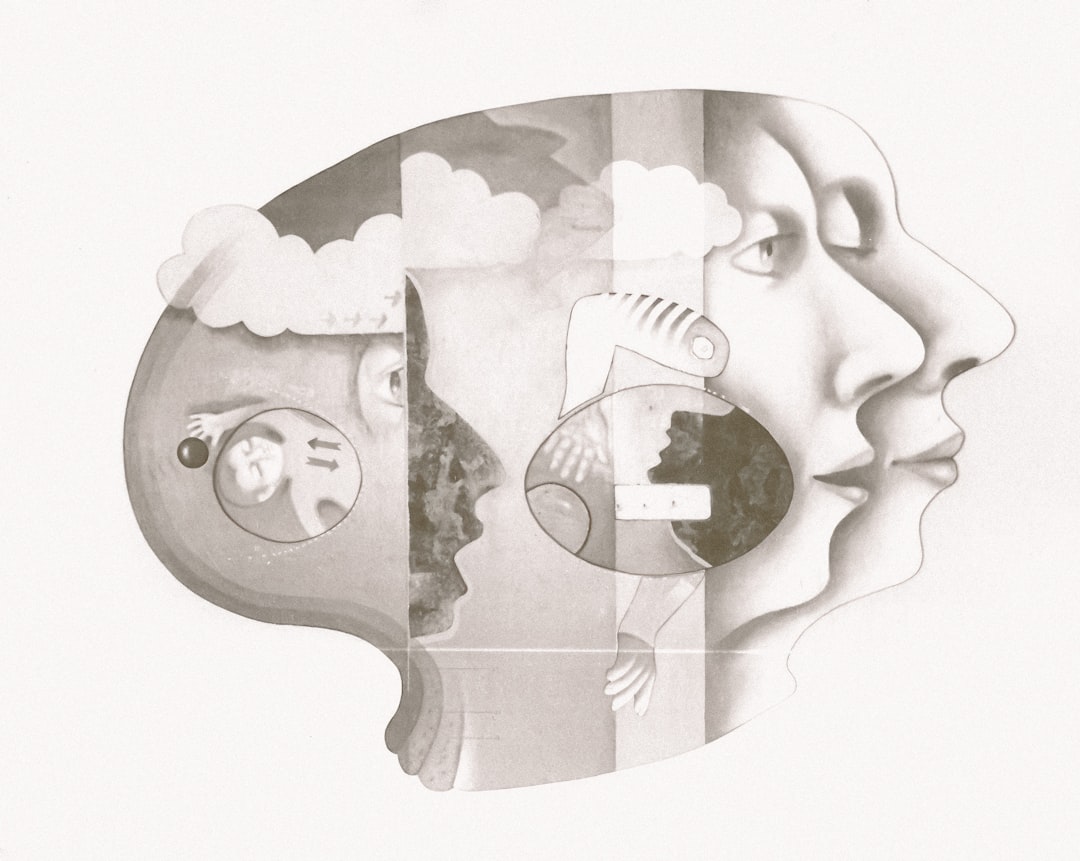The scientific community is on the brink of potentially universe-shaping discoveries with a quest that aims to verify the existence of a new type of quantum particle. This investigation not only deepens our understanding of quantum mechanics but also opens up possibilities for technological advances that could redefine how we perceive and interact with reality.
Quantum particles are the building blocks of everything in our universe, governed by the counterintuitive laws of quantum physics. The behavior of these particles defies the usual physics rules known in classical mechanics. Scientists recognize quantum mechanics as one of the most successful and experimentally tested fields of modern physics. Yet, every new particle discovered carries the potential to challenge and expand this framework.
Currently, physicists are exploring particles beyond the well-documented Standard Model of Particle Physics. This model successfully describes three of the four known fundamental forces (electromagnetic, weak, and strong interactions) but has its limitations. Efforts like the Large Hadron Collider (LHC) experiments have tremendously boosted our understanding, helping confirm the Higgs boson’s existence. However, this new pursuit focuses on unseen aspects of the quantum realm, seeking to blur the lines further between theoretical predictions and empirical observations.
One such theoretical prediction relates to the emergence of quasi-particles, potentially a new class altogether. Quasi-particles are excitations that occur within a material, behaving as if they are particles. While not elementary in nature, they simulate elemental characteristics in certain conditions. Recent studies suggest that their interactions could introduce entirely unexplored states of matter or unique physical properties previously unaccounted for in known materials. Researchers hypothesize that these particles can influence phenomena from superconductivity, which allows for zero-resistance electron flow, to novel magnetic properties.
Unlocking these mysteries requires enormous collaborations across theoretical physics, computational modeling, and experimental setups. Modern computational technologies enable scientists to simulate the intricate behaviors of these particles, exploring configurations that are nearly impossible to achieve in physical experiments due to current technological constraints. Collaborations extend into practical realms, fueling innovations in quantum computing and materials science.
Quantum computing stands out as a potential frontier revolutionized by these discoveries. It promises to process information fundamentally differently from classical computing, leveraging principles of superposition and entanglement — phenomena intricately tied to the quantum behavior of particles. By integrating novel particles or states of matter, it could accelerate computational speeds exponentially, solving complex problems unimaginable for classical computers.
The potential implications of confirming this new class of quantum particles are profound. They could shed light on unsolved cosmic puzzles, such as dark matter’s composition and the asymmetry between matter and antimatter in the universe. Moreover, it might lead to developments in magnetic resonance technologies or sophisticated energy storage solutions, significantly advancing current tech landscapes.
Understanding these interactions thoroughly also holds the key to overcoming some existential questions about the universe’s structure. Is our universe just one aspect of a multifaceted multiverse? Do uncharted particles hold the answers to cosmic events long hidden from plain sight? Exploring these questions keeps the scientific community at the edge, propelling endless curiosity and the relentless pursuit of knowledge.
While discussions about quantum particles often reside in the realm of theoretical physics, their tangible benefits gradually permeate everyday technologies. This honeycomb of exploration between mathematics, theoretical computation, and practical experimentation indicates an era where imagination meets reality. As researchers inch closer to unveiling this new quantum frontier, the intricate dance between science and discovery continues to captivate the human spirit.
In conclusion, this quest goes beyond verifying a mere particle’s existence — it embodies humanity’s enduring quest to understand our deepest existential quandaries. Whether these particles will transform theory into breakthrough technology remains to be seen, but they undeniably push the boundaries of what we thought possible.
IT Trend
The Quest to Prove the Existence of a New Type of Quantum Particle
















Leave a Reply